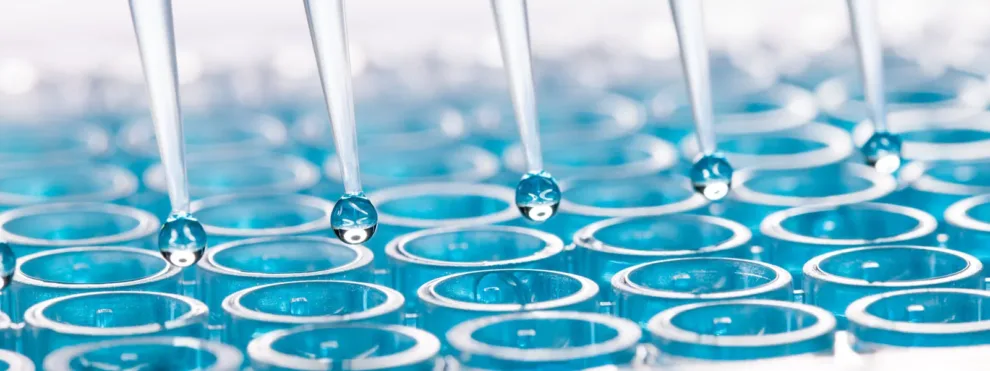Dose Formulation Analysis is an essential step in regulated nonclinical studies to ensure correct doses are administered to underpin toxicokinetic assessments. Based on years of experience, KCAS has built a stand-alone team dedicated to dose form analysis. We recognize that robust analytical methods, rapid turnaround, and efficient communication are vital to ensure quality dose formulation data for your GLP studies and your projects’ success.
Preparing semisolid and liquid formulations of pharmaceuticals is an essential step in the drug development and preclinical process. As part of characterization, methods are developed to confirm the amount of active pharmaceutical ingredients (APIs), vehicle, and other excipients in the dosing formulation, as well as formulation homogeneity, stability, purity, and content analysis.
KCAS has built capabilities around a team solely focused on dose formulation analysis providing a dedicated resource for your projects. This helps the team function as a stand-alone entity and emphasizes taking a non-bioanalytical approach to dose form analysis. For most of our projects, the analytical challenges do not come from a need for sensitivity, so our workhorse in the lab is the Shimadzu Nexera X2 UHPLC system equipped with diode array UV-VIS and fluorescence detection. We can readily adapt existing assays or develop new HPLC methods from scratch. Validations and sample analyses are performed according to Good Laboratory Practice, as one of our deliverables is a compliance statement in reports regarding adherence to GLP Principles.
Our standard approach is to gear our assays to the lowest dose. Knowing the required sensitivity enables us to set the analytical range to cover all formulation doses. We run three-point calibration curves over a narrow range, typically 50% above and 50% below the target concentration.
We routinely perform In-Use Stability Studies to characterize the test material from formulation preparation, storage, and dosing until analysis. This covers test article stability for all preclinical activities over the study timeline. Stability assessments at each time point include testing formulations for concentration, pH, and appearance. In-use stability benchmarks your formulation stability in all container types under actual study storage conditions (room temperature, refrigerated, and frozen) for durations relevant to your study.
Chromatographic separation is key to success, particularly if your target analyte is administered with much higher concentration excipients. We pivot between reversed-phase chromatography and size-exclusion chromatography depending on whether you need small or large-molecule determination. We routinely develop GLP methods for formulations containing multiple analytes.
The KCAS philosophy is to be flexible with technology when the assay demands require an alternative approach. All our scientists are in one facility, so it is easy to supplement our core dose form team with other analysts should a separate technology be more applicable to the problem. When drug potency is high, we have implemented MS/MS and fluorescence detection for dose form analysis to provide higher sensitivity.
In today’s fast-paced drug development environment, it is essential to have things done right the first time. Partner with KCAS and our customer-focused expert teams to deliver validated dose formulation analyses that exceed your expectations. Visit our facility and take your GLP dose formulation research to the next level.
Use the form below to contact us about discussing your Dose Formulation project.

